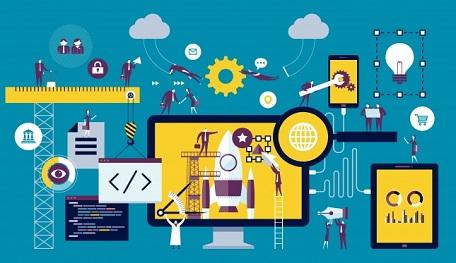The construction software space is evolving rapidly, driven by technological innovation and the changing needs of the industry. Staying informed about the key Construction Software Market Trends is essential for any firm looking to maintain a competitive edge. These trends are the primary forces driving the market's strong and steady expansion, which is on track to reach USD 9.76 billion by 2035, advancing at a solid 9.22% CAGR. The most significant trends are focused on increasing connectivity, leveraging data for intelligent insights, and supporting new, more sustainable methods of building.
By far the most dominant trend is the shift to cloud-based, integrated construction platforms. Siloed, on-premise point solutions are being replaced by unified cloud platforms that connect all stakeholders and all phases of a project on a single source of truth. This "connected construction" approach breaks down information barriers between the office, the trailer, and the job site. A critical component of this trend is mobile accessibility. With nearly everyone on a job site carrying a smartphone or tablet, mobile apps for daily reports, photo documentation, safety checklists, and plan viewing are becoming standard. This real-time, field-to-office connectivity is dramatically improving communication and decision-making speed.
Another major trend is the infusion of Artificial Intelligence (AI) and Machine Learning (ML) into construction software. AI is being used to analyze vast amounts of historical project data to identify patterns and predict outcomes. This can help with risk assessment by flagging projects that have a high probability of going over budget or behind schedule. AI-powered image recognition can analyze photos from drones or site cameras to automatically track progress and identify safety hazards. Generative design, a subset of AI, is even being used to explore thousands of potential building designs to find the most optimal solution based on a given set of constraints, pushing the boundaries of architectural creativity and efficiency.
Finally, there is a growing trend of software supporting more sustainable and efficient building methods, such as prefabrication and modular construction. These methods involve manufacturing building components off-site in a controlled factory environment and then assembling them on-site. This approach reduces waste, improves quality, and accelerates construction timelines. Specialized software is essential for managing the complex logistics of designing, fabricating, and sequencing these components. Additionally, software is playing a key role in sustainability, with tools for energy modeling, materials tracking, and calculating a building's carbon footprint, helping the industry move towards a greener and more environmentally responsible future.
Explore Our Latest Regional Trending Reports!



